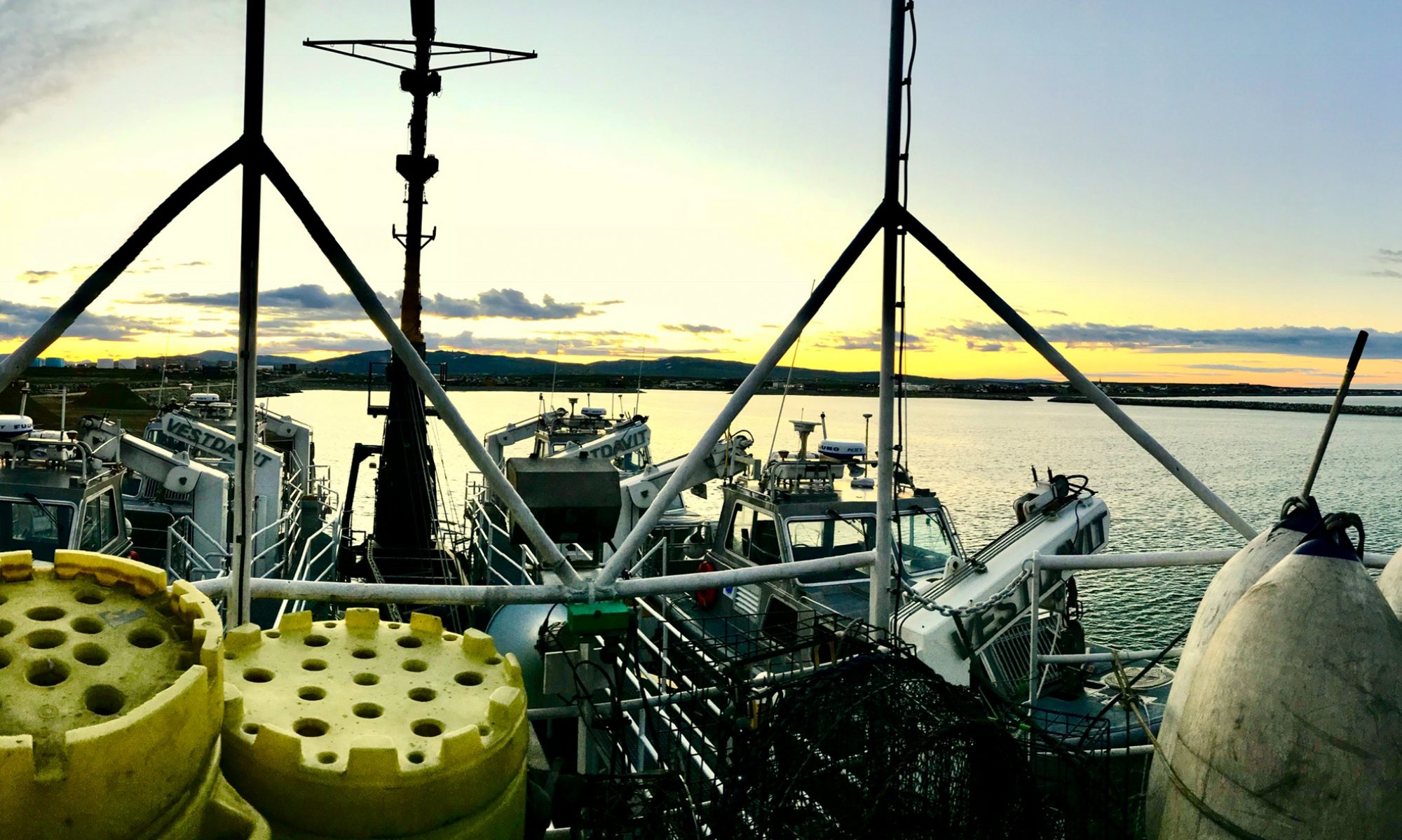NOAA Teacher at Sea Donna Knutson
NOAA Ship Oscar Elton Sette
September 1 – September 29, 2010
Mission: Hawaiian Islands Cetacean and Ecosystem Assessment Survey
Geograpical Area: Hawaii
Date: September 29, 2010
Visitors of the Monument

The Oscar Elton Sette is on a mission called HICEAS, which stands for Hawaiian Islands Cetacean and Ecosystem Assessment Survey. This cruise will try to locate all marine mammals in the Exclusive Economic Zone called the “EEZ” of Hawaiian waters. The expedition will cover the waters out to 200 nautical miles of the Hawaiian Islands.

They do not walk or swim and are the most aerial of the seabirds.
The Northwest Hawaiian Islands became a Marine National Monument called Papahanaumokuakea Marine National Monument. Papahanaumoku is a mother figure represented by the earth. Wakea is a father figure represented by the sky. They are the honored and highly recognized ancestors of Native Hawaiian people. Together they resulted in the creation of the entire Hawaiian archipelageo and naming the Northwestern Hawaiian Islands after these names to strengthen Hawaii’s cultural foundation.

They were near extinction from hunting and invasive species, now they are protected and their numbers have increased to over 500.
Papahanaumokuakea is considered a sacred area. Native Hawaiians believe that life springs from this area and spirits come to rest there after death. That means they also believe that they are descended from the same gods who birthed the Hawaiian Archipelago and it is therefore their responsibility to become stewards to care for the natural and cultural resources in Papahanaumokuakea.

The HICEAS cruise has track lines that cross into the National Monument, so while in the Monument, we must abide by the rules set forth to protect the natural and cultural resources within.
From the order Pelicaniformes the Red-tailed and White-tailed Tropicbird have been recognized and also the Brown, Red-Footed, and Masked Bobby. Great Frigatebirds, the largest of all within this order, have also been seen soaring high above the ocean.
My roommate or “statemate” (on ships there are no bedrooms rather staterooms) is Dawn Breese, she is an avid Birder. Scott Mills, also a Birder mentioned in Log #2, have been noticing a trend in their daily bird population densities.
When they mentioned the huge numbers of Short-tailed Shearwaters they saw, I decided to do some checking on them. I discovered the Short-tails are about forty centimeters long and have a wing span of 100 centimeters. It is chocolate brown with a darker brown cap and collar. It is often observed in large flocks and will dive fifty meters into the ocean for fish and squid.

The Short-tails breed on islands off southeastern Australia and migrate north to feed in the Bering Sea. The Sette crossed their route flying back to the South Pacific! It is a good thing they are “tubenosed” because they will not land until they have reached their destination. The “tubenose”, (mentioned blog #2), will help the birds eliminate salt from their bodies. Some short-tails on the breeding grounds will actually commute to the Antarctic to feed on fish along the ice.

On September 20, 2010 Juan Carlos knocks on our door after sunset to show Dawn a Wedge-tailed Shearwater, cousin of the Short-tailed Shearwater. The nocturnal animal got distracted by the ships’ light, and ended up on deck. According to the Hawaii Audubon Society, Wedge-tail Shearwaters on O’ahu are often hit by cars because of the car’s lights at night. O’ahu and Kaua’I both have rescue shelters for hurt birds from car accidents.

Juan Carlos rescued the stunned bird, making sure it could not bite him with its sharp beak, and brought it down to show the bird observers. I took close-ups of the bird because I wanted a picture of its tubenose. Dawn showed me the unique features of the Wedge-tail. It smelled fresh like a sea breeze. We looked for the small ears behind the eyes but it’s feathers were so dense we couldn’t get a good look at it.





